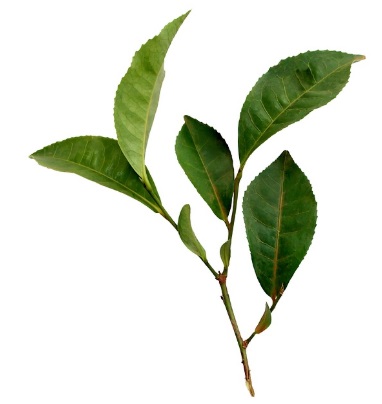
Catechins, which are polyphenol compounds found in many plants and are an important component of tea leaves, are strong anti-oxidants.
Abstract
Tea leaf (Camellia sinensis) is rich in catechins, which endow tea with various health benefits. There are more than ten catechin compounds in tea, among which epigallocatechingallate (EGCG) is the most abundant. Epidemiological studies on the association between tea consumption and the risk of breast cancer were summarized, and the inhibitory effects of tea catechins on breast cancer, with EGCG as a representative compound, were reviewed in the present paper. The controversial results regarding the role of tea in breast cancer and areas for further study were discussed.
Catechins Benefits
Catechins have many benefits including preventing or reducing skin damage. Catechins are important ingredients from tea leaves and have intensive anti-oxidant and representative physiological activities. They are members of the group of polyphenol compounds found in many medicinal plants. The major sources of catechins are Camellia sinensis (C. sinensis) and C. assumica. Green tea contains 75–80% water and polyphenol compounds (flavanols, flavandiols, flavonoid, and phenolic acid) (Zillich et al. 2015), and catechins account for more than 75% of the polyphenol compounds in tea leaves. They are condensation-type tannins with a ring and the basic structure of flavan-3-ol. They have many chemical structural features, such as hydroxyl groups (−OH), that combine easily with other materials (Singh et al. 2011). There are eight catechins (Fig. 1): C ((-)-catechin), EC ((-)-epicatechin), ECG ((-)-epicatechingallate), EGC ((-)-epigallocatechin), EGCG ((-)-epigallocatechin gallate), GC ((-)-gallocatechin), CG ((-)-catechingallate), and GCG ((-)-gallocatechingallate). The principle types are EC, ECG, EGC, and EGCG (Jin et al. 2006), which are prominently present in green tea (Fung et al. 2012). Catechins provide several health advantages by scavenging free radicals and retarding extracellular matrix degradation induced by ultraviolet (UV) radiation and pollution (Shi et al. 2016). Catechins also directly affect the skin by activating collagen synthesis and inhibiting the production of matrix metalloproteinase enzymes (Arct et al. 2003). Because of the hydroxyl in the gallate group, EGCG and ECG are highly effective free-radical scavengers compared with many other standard anti-oxidants, such as ascorbic acid, tocopherol, and trolox (Gulati et al. 2009; Matsubara et al. 2013; Kim et al. 2018). Because of these useful actions, tea catechins are increasingly used in medical, pharmaceutical, and cosmetic products and are being actively studied in a variety of approaches.